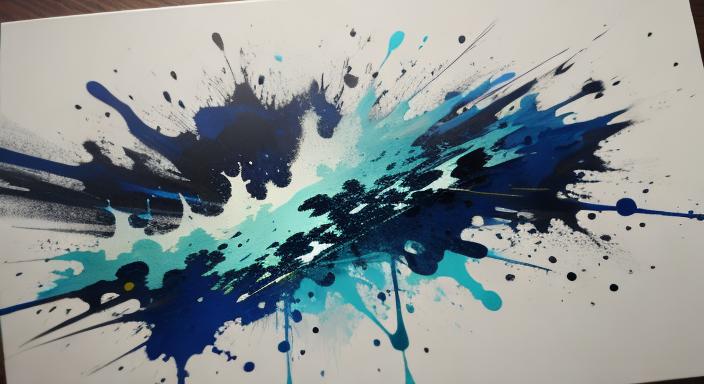Sustainability is more than just a trend; it’s a transformative force reshaping the art world and how creativity intersects with environmental responsibility. Artists are finding innovative ways to create that are good for the planet. This movement, known as sustainable art, combines creativity with ecological awareness, changing how art is made and appreciated.
Understanding Sustainable Art and Its Importance
Sustainable art is not just about using recycled materials; it’s about recognizing the connection between art, nature, and society. By responding to environmental challenges, artists create works that spark conversations about climate change and ecological issues. This shift in mindset is crucial, helping audiences see the importance of caring for our planet.
Exciting Materials and Techniques in Sustainable Art
One of the most fascinating aspects of sustainable art is the use of unique materials that challenge conventional practices. These materials often carry stories of reuse, natural sourcing, or ecological impact, making the art more meaningful and thought-provoking. Here are some popular materials and techniques:
1. Recycled Plastics
Many artists are turning discarded plastic into stunning sculptures and installations. This approach not only highlights the issue of plastic pollution but also transforms waste into eye-catching art. By doing this, artists raise awareness and encourage people to rethink their waste habits.
2. Natural Dyes and Pigments
Using plant-based dyes and pigments is another fantastic technique in sustainable art. Artists are reviving traditional methods like indigo dyeing, which reduces chemical waste and connects their work to the environment. These vibrant colors are a beautiful example of how art can be both stunning and eco-friendly.
3. Biodegradable Materials
Some artists choose biodegradable materials that break down over time, emphasizing the temporary nature of art. This approach invites viewers to reflect on the cycles of life and nature. It challenges the idea that art must last forever, showing that beauty can be found in impermanence.
Community Involvement and Collaboration

Sustainable art often involves the community, fostering a sense of collective purpose and shared responsibility. For instance, in Brazil, artist Mundano collaborated with waste pickers to create murals using materials collected from landfills, highlighting their essential role in recycling.
Similarly, in Detroit, the Heidelberg Project transformed abandoned urban spaces into colorful public art installations, bringing attention to local social and environmental issues while engaging residents in the creative process.

By engaging local groups in the creative process, these projects enhance public awareness of environmental issues and strengthen the bond between art and its audience. This collaboration amplifies the reach and impact of the artwork while encouraging communities to take actionable steps toward sustainability.
When communities are involved, the art becomes more than just an object; it transforms into a shared experience that can inspire change. For example, murals created from community input can reflect local environmental concerns and motivate residents to take action.
The Impact of Technology on Sustainable Art

Technology plays a significant role in promoting sustainable art. For example, artists like Olafur Eliasson have used digital platforms to share their environmental installations, such as “Ice Watch,” which brought melting Arctic ice blocks to city streets to raise climate awareness. Similarly, Joshua Harker has embraced 3D printing to craft intricate sculptures with minimal material waste, showcasing how technology can align with sustainable practices.
Digital platforms allow artists to reach wider audiences and share their eco-friendly practices. Social media serves as a powerful tool for educating others about sustainability and inspiring them to adopt similar practices. Advancements in technology, such as 3D printing, also enable artists to create intricate designs while minimizing waste. This innovation opens up new artistic possibilities while maintaining a commitment to sustainability.
Conclusion
Sustainable art represents a transformative movement that challenges traditional notions of art-making. By embracing eco-friendly techniques, artists not only create visually stunning works but also engage audiences in critical conversations about environmental stewardship.
As the art world continues to evolve, the integration of sustainability will likely become increasingly essential. Through innovative materials that highlight ecological impact, community collaboration that fosters shared responsibility, and technological advancements like 3D printing and digital platforms, sustainable art inspires a conscious and responsible approach to creativity. By integrating these elements, it strengthens the bond between art, society, and the planet while addressing critical environmental challenges.



